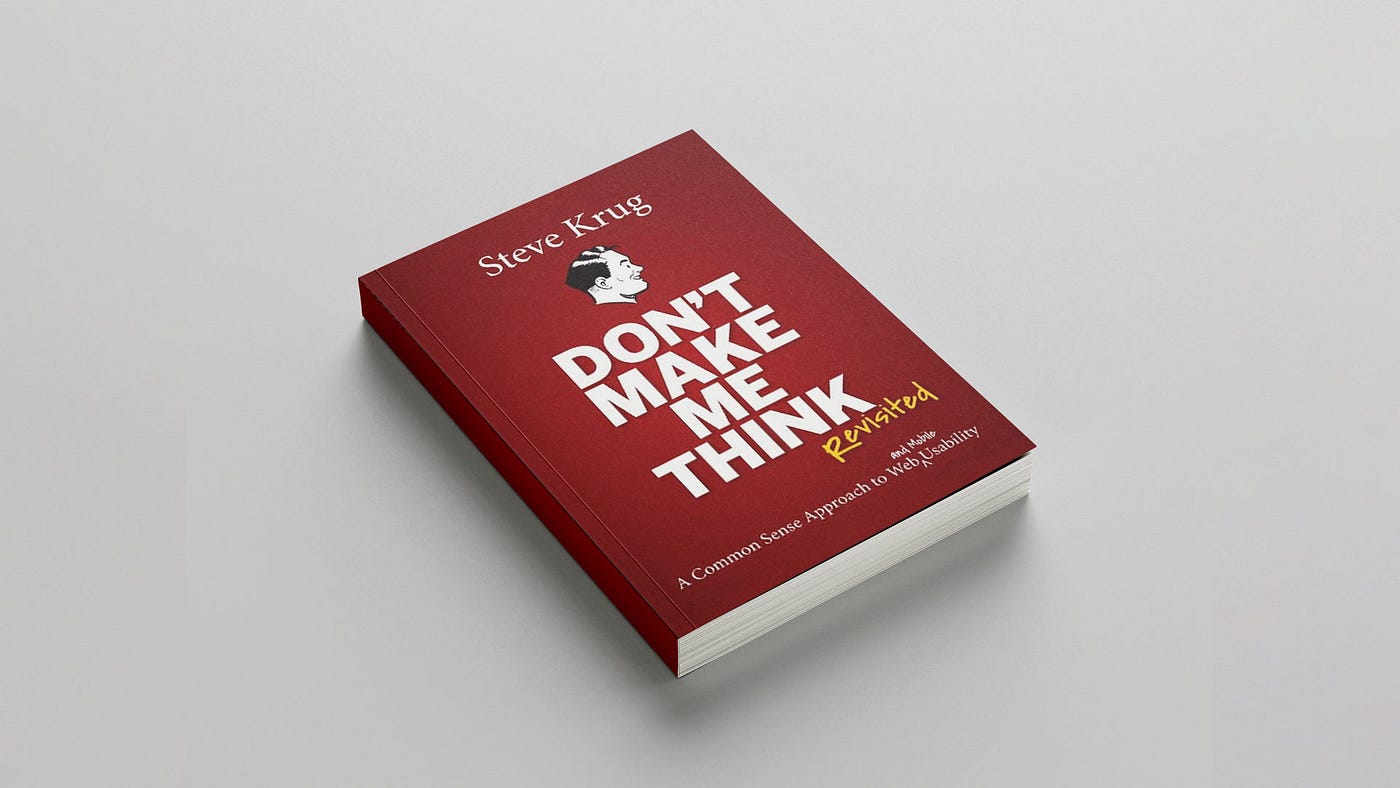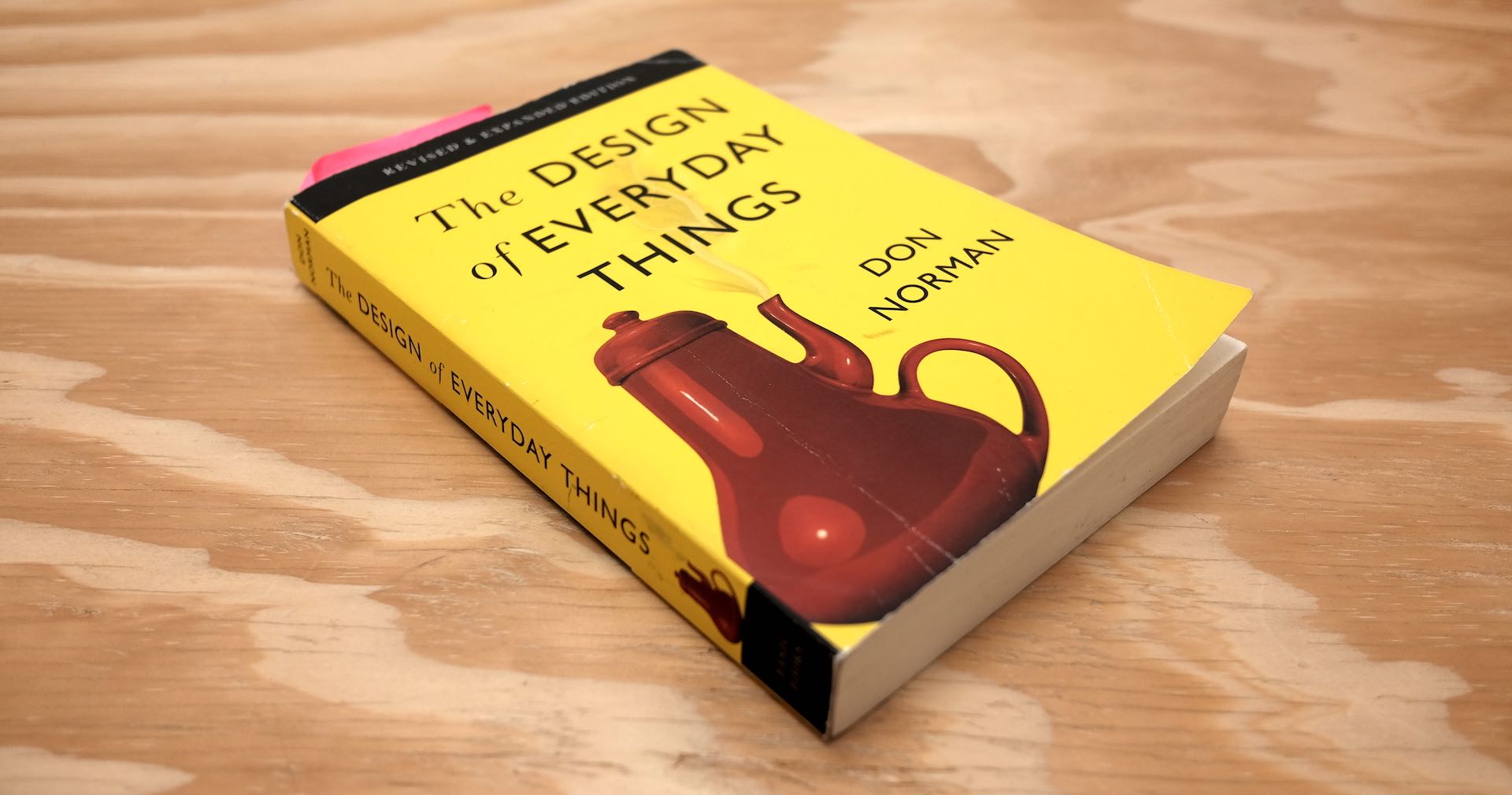Best Books on UI UX
One of the best ways to build this foundation is by reading books authored by experienced designers and industry experts.
We'll review some of the most influential and insightful books on UI/UX design that can help you enhance your understanding and improve your design skills.

Don't Make Me Think by Steve Krug
Overview
"Don't Make Me Think" is a classic in the field of user experience design. Steve Krug's straightforward and humorous writing style makes complex concepts easy to understand. The book focuses on the principles of intuitive navigation and information design, emphasizing the importance of simplicity and usability in creating effective user interfaces.
Key Takeaways
Importance of usability testing
Simplifying navigation for better user experiences
Principles of effective information design

The Design of Everyday Things by Don Norman
Overview
Don Norman's "The Design of Everyday Things" is a seminal text that explores the relationship between design and human behavior. Norman's insights into how people interact with objects provide valuable lessons for UI/UX designers. The book delves into concepts like affordances, signifiers, and feedback, which are crucial for designing user-friendly interfaces.
Key Takeaways
Understanding user behavior and psychology
Principles of human-centered design
Importance of usability and feedback in design

Lean UX: Applying Lean Principles to Improve User Experience by Jeff Gothelf and Josh Seiden
Overview
"Lean UX" combines the principles of lean methodology with UX design to create a practical approach to product development. Jeff Gothelf and Josh Seiden emphasize collaboration, rapid experimentation, and validated learning to create user-centered designs efficiently. This book is particularly useful for teams working in agile environments.
Key Takeaways
Principles of Lean UX and agile methodologies
Techniques for collaborative and iterative design
Importance of user feedback and rapid prototyping

Lean Startup by Eric Ries
Overview
"Lean Startup" by Eric Ries provides a methodology for developing businesses and products that emphasizes rapid iteration and customer feedback. While it focuses on startups, its principles are highly applicable to UX design, particularly in fostering a culture of experimentation and learning.
Key Takeaways
Build-Measure-Learn feedback loop
Importance of validated learning and pivoting
Applying lean principles to product development

About Face: The Essentials of Interaction Design by Alan Cooper, Robert Reimann
Overview
"About Face" is a comprehensive guide to interaction design, covering a wide range of topics from design principles to practical techniques. The authors provide a detailed look at the entire design process, from understanding user needs to creating effective interfaces. This book is an essential resource for anyone serious about mastering interaction design.
Key Takeaways
Comprehensive overview of interaction design principles
Techniques for user research and persona development
Best practices for designing effective interfaces
Summary
These books on UI/UX design offer a wealth of knowledge and practical advice for designers at all levels. By reading and applying the insights from these texts, you can build a strong foundation in user experience and interface design, stay updated on industry best practices, and continuously improve your skills.